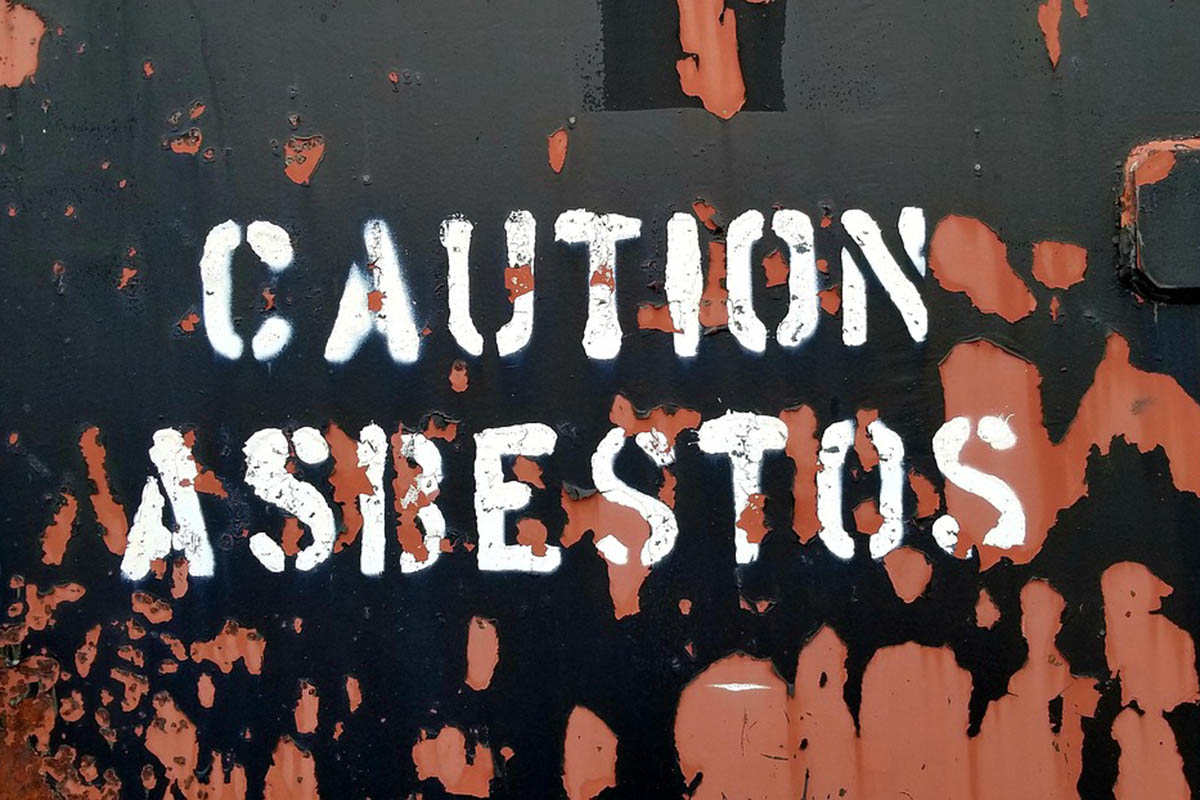What Is Asbestos, and How Do You Remove It?
Asbestos, once hailed as a miracle material for its fire-resistant properties and versatility, has become synonymous with health risks and environmental hazards. Used extensively in construction and manufacturing for decades, asbestos has been linked to severe respiratory diseases, including lung cancer and mesothelioma. This comprehensive guide will delve into the origins, properties, and health risks associated with asbestos exposure and explore the crucial steps involved in safely and effectively removing asbestos from homes and buildings.
Understanding Asbestos: A Historical Perspective
The fire-resistant and durable qualities of asbestos made it famous for various applications, including insulation, roofing materials, flooring, and automotive components. Asbestos’s use peaked in the mid-20th century, with widespread incorporation into construction materials due to its affordability and effectiveness.
Six primary types of asbestos minerals are categorized into serpentine and amphibole. Chrysotile, a serpentine asbestos, is the most common and accounts for most asbestos used worldwide. Amphibole asbestos includes amosite, crocidolite, tremolite, anthophyllite, and actinolite. Each type varies in its fiber characteristics and properties.
The health risks associated with asbestos exposure became evident as studies linked it to respiratory diseases, including asbestosis, lung cancer, and mesothelioma. Recognizing these dangers, regulatory measures were introduced to limit asbestos use. In the late 20th century, many countries, including the United States, began to phase out asbestos, restricting its use and setting safe handling and removal guidelines. The specialist asbestos removers behind the GBAR Group strongly suggest that individuals, particularly homeowners and building occupants, exercise extreme caution when dealing with asbestos materials. As much as possible, leave asbestos task removal to professionals.
Health Risks of Asbestos Exposure
Asbestosis: Asbestosis is a chronic respiratory condition caused by inhaling asbestos fibers. Over time, these fibers can scar lung tissue, leading to difficulty breathing, coughing, and long-term damage to respiratory function. Asbestosis typically develops after prolonged exposure to high levels of asbestos.
Lung Cancer: The carcinogenic nature of asbestos fibers, especially amphibole asbestos types like crocidolite and amosite, can lead to the development of lung cancer. Smokers with a history of asbestos exposure face an elevated risk of lung cancer compared to non-smokers.
Respiratory Conditions: Asbestos exposure can also contribute to other respiratory conditions, such as pleural plaques and pleuritis. These conditions involve inflammation and scarring of the pleura, the membrane surrounding the lungs. While not always symptomatic, they can contribute to respiratory difficulties.
Identifying Asbestos in the Home
Homes built before the 1980s are more likely to contain asbestos due to its prevalent use in construction materials. Common ACMs include:
Insulation: Asbestos was widely used in insulation materials, including pipe insulation, attic insulation, and vermiculite insulation.
Flooring: Vinyl floor tiles and the backing of sheet flooring often contain asbestos.
Roofing: Asbestos cement roofing materials were famous for their durability and fire resistance.
-
Textured Ceilings: Popcorn or textured ceilings in older homes may contain asbestos.
Adhesives: Asbestos was used in some adhesives and glues, particularly in flooring applications.
Professional Asbestos Inspection
Identifying asbestos in a home requires professional inspection and testing. Certified asbestos inspectors can collect samples from suspected materials. Homeowners should avoid disturbing asbestos materials, as this can release fibers into the air. If you are planning renovations or suspect the presence of asbestos, take precautions to minimize exposure. Wet materials before handling to reduce the release of asbestos fibers. However, it is crucial to note that DIY testing is not recommended, as improper handling can pose significant health risks.
Asbestos Removal: The Safe Approach
Asbestos removal is a highly regulated process due to the associated health risks. Before initiating any removal, homeowners should familiarize themselves with local regulations and obtain the necessary permits. Hiring a licensed asbestos abatement professional is often a legal requirement for larger removal projects. Certified asbestos abatement professionals have the expertise and equipment to remove asbestos-containing materials safely. The process typically involves:
Containment: Establishing a sealed containment area to prevent the spread of asbestos fibers.
Wetting Materials: Wetting asbestos-containing materials to minimize fiber release during removal.
Removal: Safely remove and package asbestos materials for disposal.
Decontamination: Thoroughly clean and decontaminate the work area and personnel.
Asbestos removal professionals wear specialized PPE, including respirators with high-efficiency particulate air (HEPA) filters, disposable coveralls, and gloves. Homeowners should never attempt asbestos removal without proper training and equipment.
Disposal of Asbestos Waste
Asbestos waste must be double-bagged in heavy-duty plastic bags and sealed securely. The bags should be labeled as containing asbestos and marked with appropriate hazard warnings. Asbestos waste cannot be disposed of in regular landfill sites.
It must be taken to a licensed asbestos disposal facility that can handle hazardous materials. Professional asbestos removal services typically manage the disposal process in compliance with regulations. Transporting asbestos waste also involves adherence to strict regulations. Professionals are trained to transport asbestos securely to designated disposal sites, ensuring that the material is contained and does not pose a risk to the environment or public health.
Asbestos in Buildings: Key Considerations
In some cases, it may be safer to manage asbestos in place rather than removing it. This approach involves encapsulating or enclosing asbestos-containing materials to prevent fiber release. However, this strategy requires careful monitoring to ensure ongoing safety.
Building owners, contractors, and maintenance personnel should undergo asbestos awareness and training programs. This education equips individuals with the knowledge to identify asbestos, understand the associated risks, and implement proper safety measures. Buildings that contain asbestos should undergo regular inspection and maintenance to monitor the condition of asbestos-containing materials. Any signs of deterioration or damage should prompt immediate action to prevent fiber release.
Asbestos Testing Kits: DIY or Not?
Asbestos testing kits are available for purchase, allowing homeowners to collect samples for analysis. However, the accuracy and reliability of DIY kits may vary, and there is a risk of improper sampling and handling, leading to false results. Professional asbestos testing by certified inspectors is recommended for accurate and reliable results. Professionals follow strict protocols to collect samples, ensuring that the analysis accurately assesses asbestos presence and concentration.
Understanding what asbestos is and how to safely remove or manage it is crucial for homeowners, contractors, and building occupants. Asbestos, once celebrated for its versatility, has left a legacy of health risks that necessitate careful handling and abatement. Whether dealing with a renovation project, managing in-place asbestos, or considering testing options, prioritizing safety and adherence to regulations is paramount.
Professional asbestos abatement services play a vital role in safely disposing of asbestos-containing materials and protecting human health and the environment. By staying informed, following best practices, and seeking professional assistance, individuals can navigate the complexities of asbestos management and contribute to creating safer living and working spaces.




















